The artists bringing their candid vision to queer photography

Tom Jackson, a fifty-something dump-truck driver and self-styled ‘redneck’ living in an insalubrious basement studio, made Netflix viewers everywhere weep when he was made over and reunited with his lost love by Queer Eye’s Fab Five. When Monica Beverly Hillz came out as transgender on RuPaul’s Drag Race, a first for a competitor, the tears flowed.
The queer community have made other ways of seeing sexuality, gender and bodies possible, now, perhaps partly down to the success of shows like RuPaul and Queer Eye, those non-binary ways of seeing are sashaying their way into the mainstream conscience.
Yet it wasn’t so long ago that the streets of New York were raging with the energy of the Stonewall Riots, and it was only in July 2011 that the state officiated its first same-sex marriage. It often takes longer to change attitudes than to change laws – which is where art comes in.
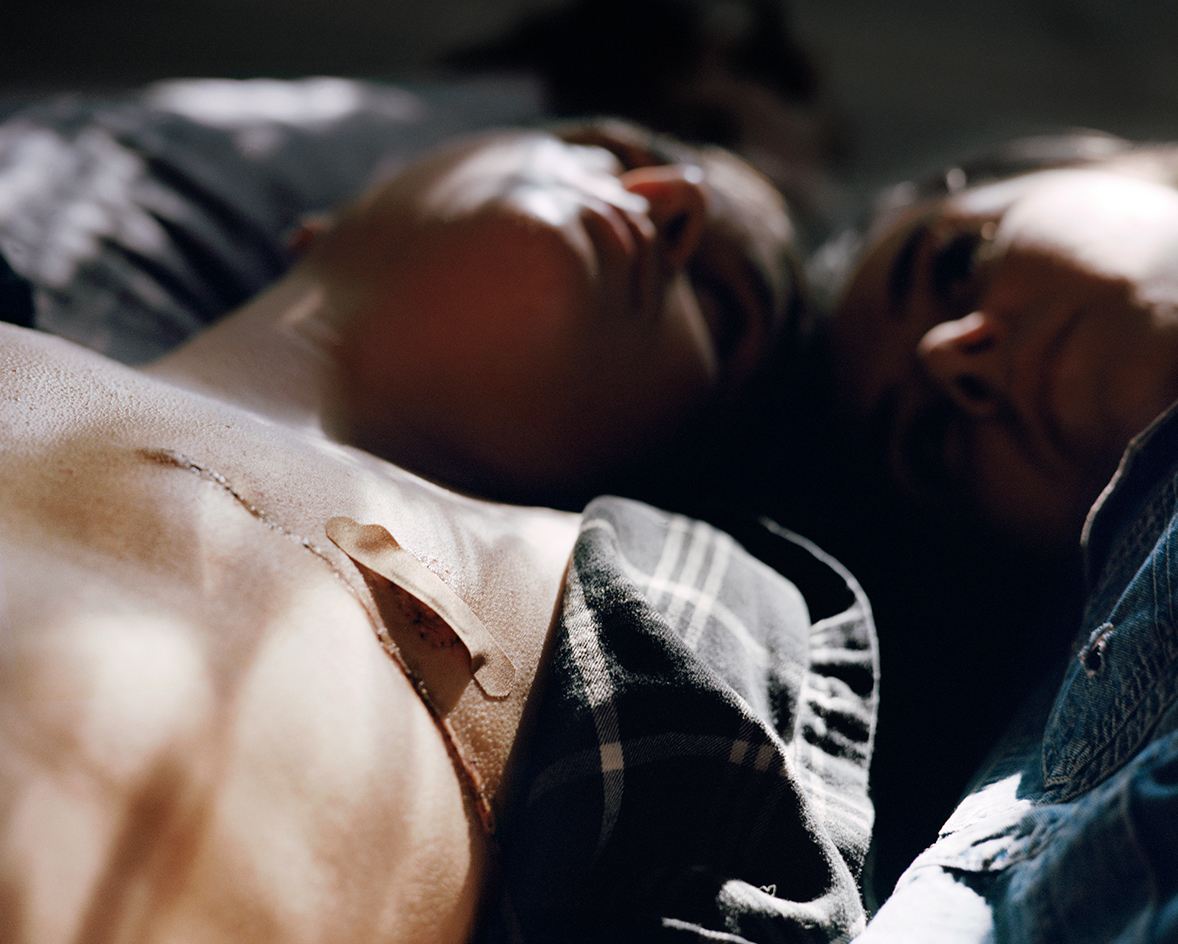
Jane’s, 2017, by Mikaela Lungulov-Klotz. Courtesy of the artist
At New York’s Leslie-Lohman Museum of Gay and Lesbian Art, ‘Daybreak: New Affirmations in Queer Photography’ (running through to 2 September) presents 12 visions of the queer community in the city today: from stage performances to private bedrooms, portraits of loved ones to perspectives on the heteronormative canons in art history.
Men are also affected by the cis-male gaze – as Ryan James Caruthers, one of the youngest photographers in the exhibition, reveals in works from his breakthrough series of intimate self-portraits, Tryouts, shot while he was still an undergraduate at Parsons. Exploring often conflicted ideals about masculinity, the athletic body, and queerness, as he came to terms with his own sexuality and body, Caruthers questions what it means to be a man – and how men are oppressed by those standards.
The corrosive nature of the male gaze is echoed in Ryan Duffin’s appropriated images of ideals of machismo torn from 1980’s self-help guide Working Out, juxtaposed with stereotypes of masculine success, from luxury homes to ostentatious cars. Equally personal is Chilean-born, Brooklyn-based Mikaela Lungulov-Klotz’s emotive documentation of her twin sister’s transition, images that we are still not used to seeing in public spaces.
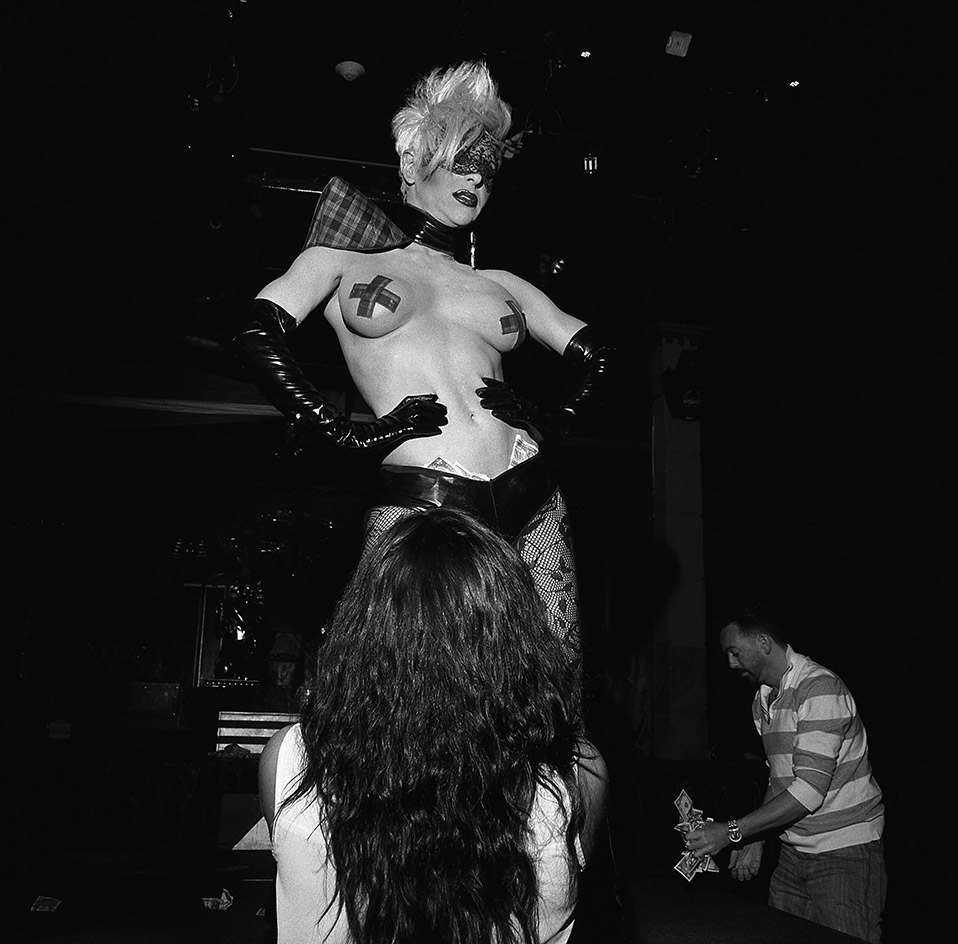
Erika Norel (clarity), 2013, by Alexis Ruiseco-Lombera
As Jess Richmond suggests in her photographs of twisted limbs and contorted torsos – queer, gay, straight, non-cis, transgender – bodies are bodies. Bodies experience pain, pleasure, love. Richmond prints self-portraits to life-size, cuts them out, and photographs them again: the process of this shifting self image, transferred from one space to another, is a comment on the fluidity of our identity.
The world at large may not yet be ready to accept what these artists show us, but the exhibition creates a safe and inclusive environment that imagines a not-too-distant future for all queer lives.
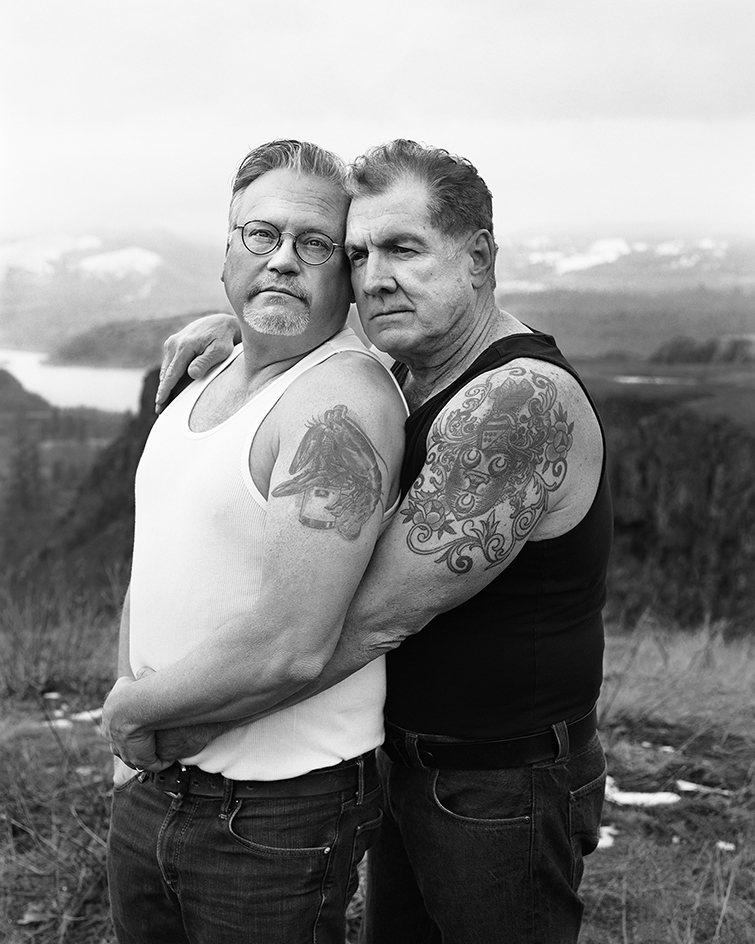
Men Embracing (Rick and Kevin), 2016, by Andrew Jarman. Courtesy of the artist
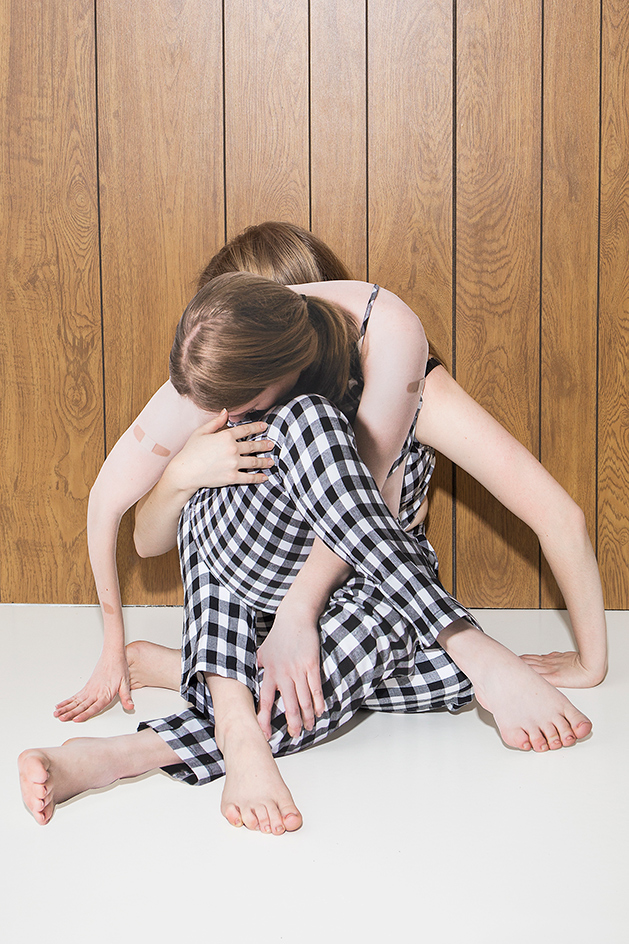
The Madness of Many, 2016, by Jess Richmond. Courtesy of the artist

Working Out I, 2016, by Ryan Duffin. Courtesy of the artist
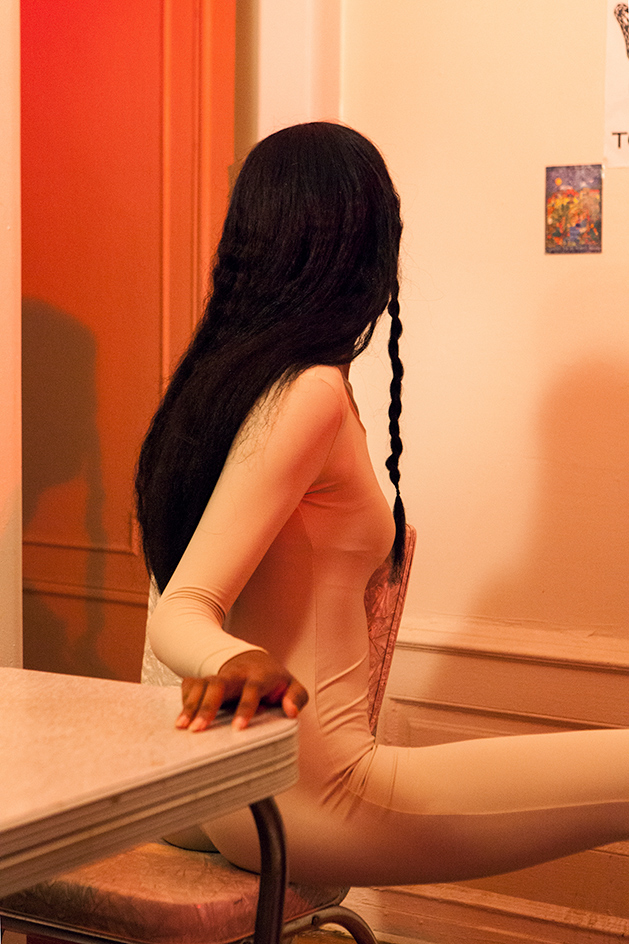
The company of her shadows, 2016, by Elliott Jerome Brown Jr. Courtesy of the artist

After Tennis, 2016, by Ryan James Caruthers, from the Tryouts series. Courtesy of the artist

Untitled, 2014, by Kevin Aranibar-Molina, from the Over the Fence series. Courtesy of the artist

Complex Occupation, 2016, by Elliott Jerome Brown Jr. Courtesy of the artist
INFORMATION
Receive our daily digest of inspiration, escapism and design stories from around the world direct to your inbox.
‘Daybreak: New Affirmations in Queer Photography’ is on view until 2 September. For more information, visit the Leslie-Lohman Museum of Gay and Lesbian Art website
ADDRESS
Leslie-Lohman Museum of Gay and Lesbian Art
26 Wooster Street
New York
Charlotte Jansen is a journalist and the author of two books on photography, Girl on Girl (2017) and Photography Now (2021). She is commissioning editor at Elephant magazine and has written on contemporary art and culture for The Guardian, the Financial Times, ELLE, the British Journal of Photography, Frieze and Artsy. Jansen is also presenter of Dior Talks podcast series, The Female Gaze.
-
 Sculptor Woody De Othello paints a Miami museum red for a show that ‘almost hugs you’
Sculptor Woody De Othello paints a Miami museum red for a show that ‘almost hugs you’The Miami-born, California-based artist opens his first museum exhibition in his hometown as an experiential journey through life and lifeless objects
-
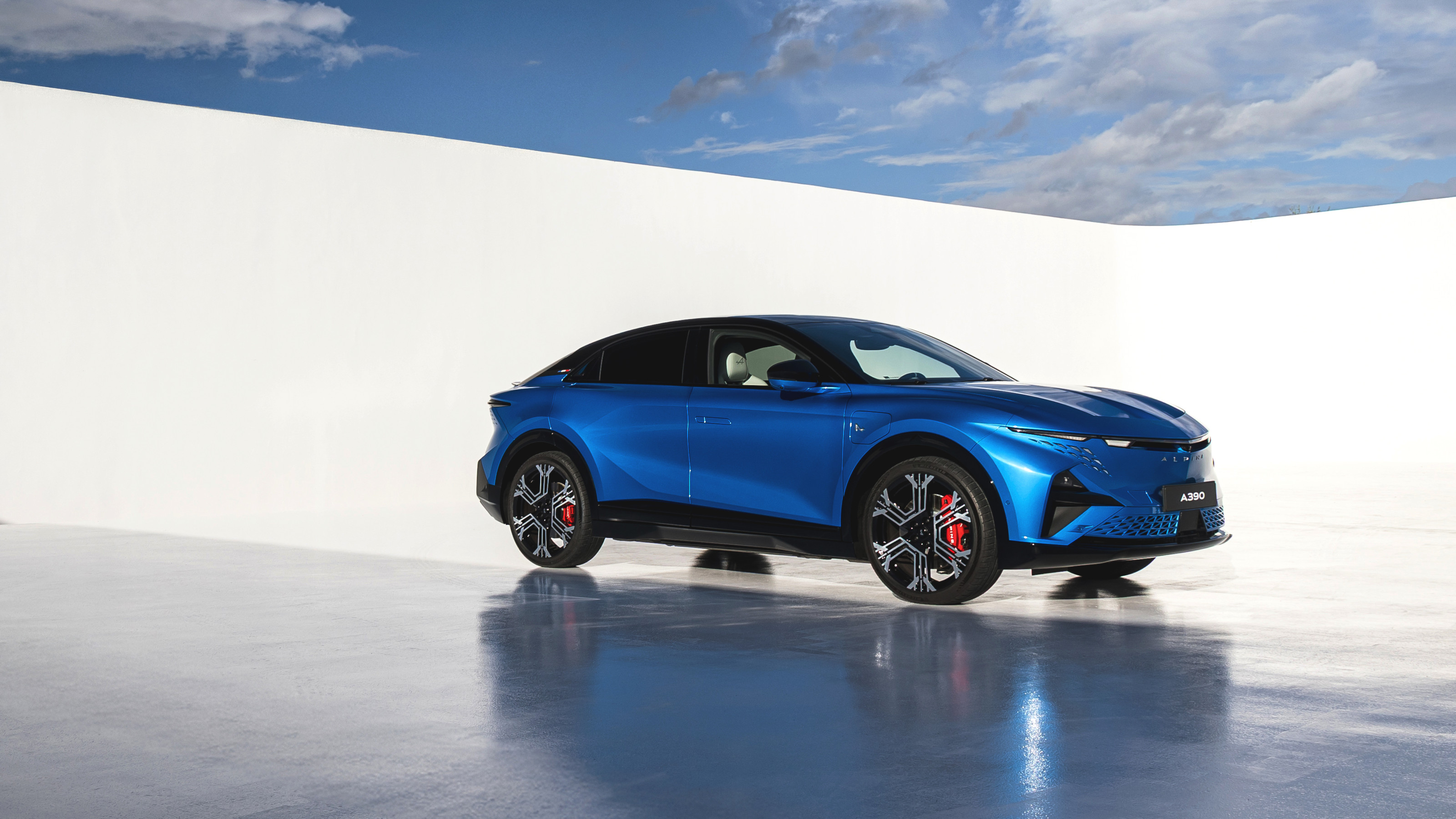 Alpine A390 GT: French, fast and fun. A sporting EV with a real sense of occasion
Alpine A390 GT: French, fast and fun. A sporting EV with a real sense of occasionAlpine doubles down on its fast electric credentials with the A390 GT, the French performance brand’s largest car to date
-
 Forget smart homes, Doma's 'intelligent' doors open at the sight of a familiar face
Forget smart homes, Doma's 'intelligent' doors open at the sight of a familiar faceYves Béhar and Jason Johnson have founded Doma, a tech start-up dedicated to seamlessly integrating tech into your daily life
-
 Nadia Lee Cohen distils a distant American memory into an unflinching new photo book
Nadia Lee Cohen distils a distant American memory into an unflinching new photo book‘Holy Ohio’ documents the British photographer and filmmaker’s personal journey as she reconnects with distant family and her earliest American memories
-
 Out of office: The Wallpaper* editors’ picks of the week
Out of office: The Wallpaper* editors’ picks of the weekIt’s been a week of escapism: daydreams of Ghana sparked by lively local projects, glimpses of Tokyo on nostalgic film rolls, and a charming foray into the heart of Christmas as the festive season kicks off in earnest
-
 Ed Ruscha’s foray into chocolate is sweet, smart and very American
Ed Ruscha’s foray into chocolate is sweet, smart and very AmericanArt and chocolate combine deliciously in ‘Made in California’, a project from the artist with andSons Chocolatiers
-
 Inside the work of photographer Seydou Keïta, who captured portraits across West Africa
Inside the work of photographer Seydou Keïta, who captured portraits across West Africa‘Seydou Keïta: A Tactile Lens’, an exhibition at the Brooklyn Museum, New York, celebrates the 20th-century photographer
-
 Out of office: The Wallpaper* editors’ picks of the week
Out of office: The Wallpaper* editors’ picks of the weekFrom sumo wrestling to Singaporean fare, medieval manuscripts to magnetic exhibitions, the Wallpaper* team have traversed the length and breadth of culture in the capital this week
-
 María Berrío creates fantastical worlds from Japanese-paper collages in New York
María Berrío creates fantastical worlds from Japanese-paper collages in New YorkNew York-based Colombian artist María Berrío explores a love of folklore and myth in delicate and colourful works on paper
-
 Out of office: the Wallpaper* editors’ picks of the week
Out of office: the Wallpaper* editors’ picks of the weekAs we approach Frieze, our editors have been trawling the capital's galleries. Elsewhere: a 'Wineglass' marathon, a must-see film, and a visit to a science museum
-
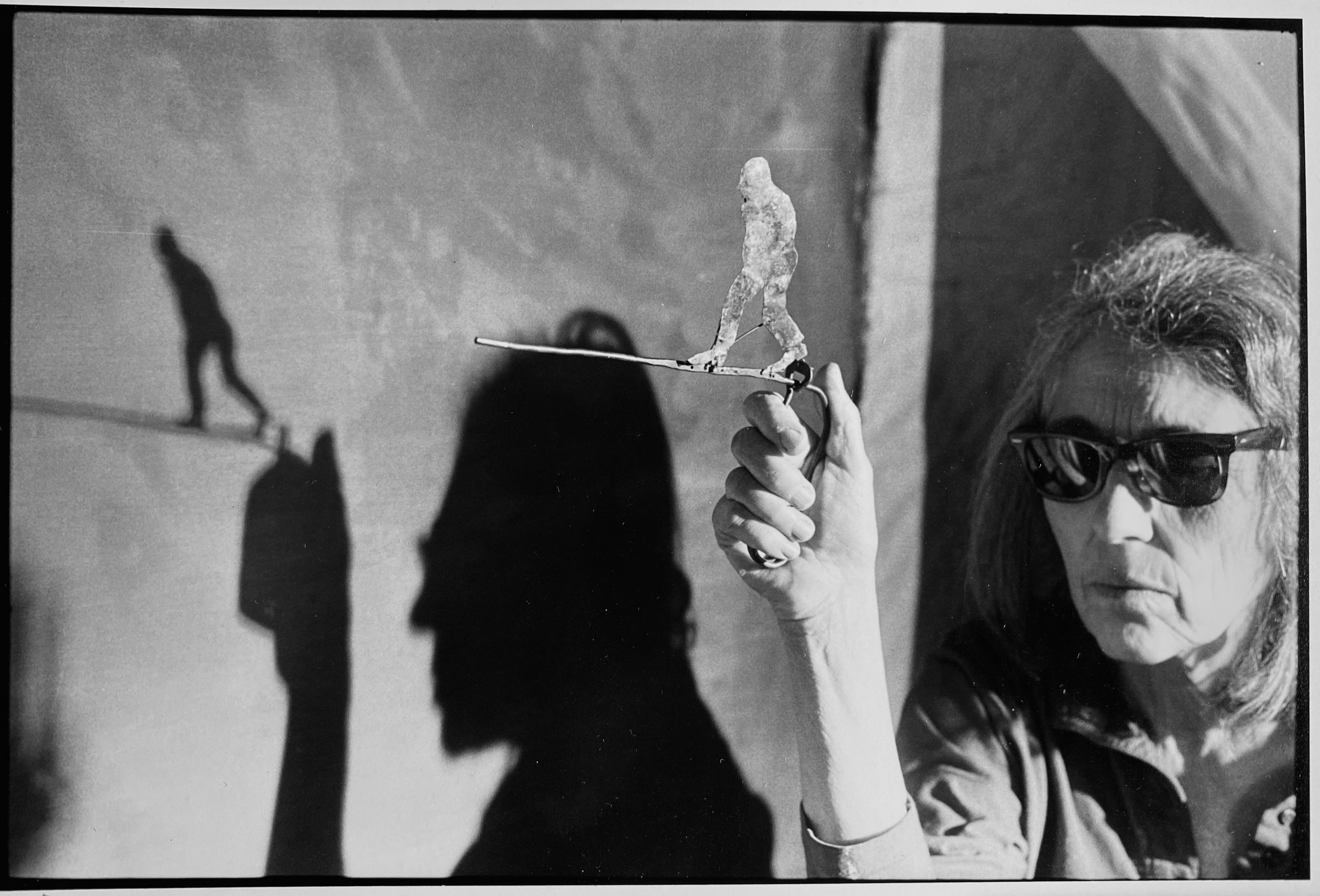 June Leaf’s New York survey captures a life in motion
June Leaf’s New York survey captures a life in motionJune Leaf made art in many forms for over seven decades, with an unstoppable energy and fierce appetite leading her to rationalise life in her own terms.